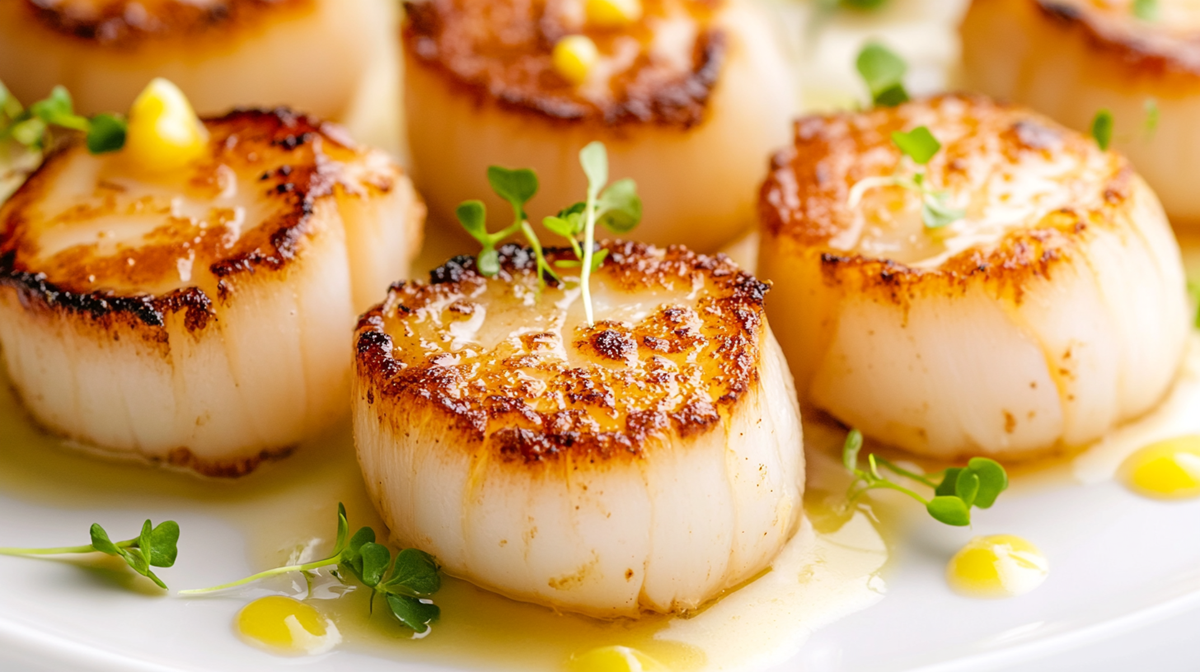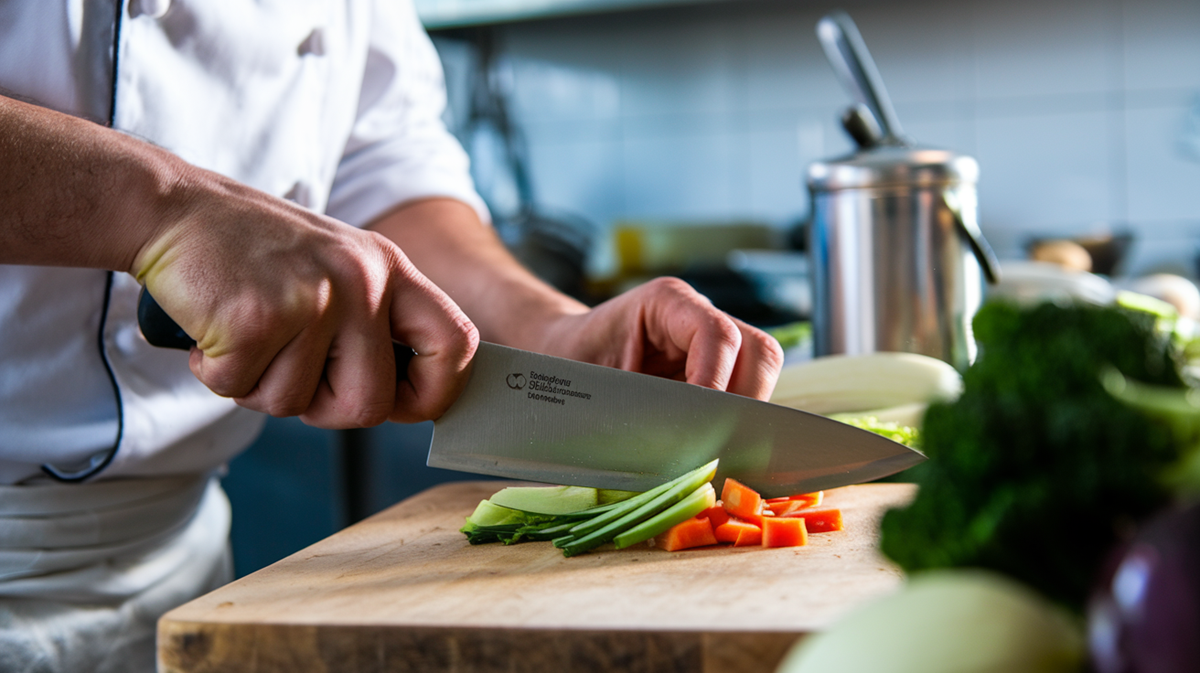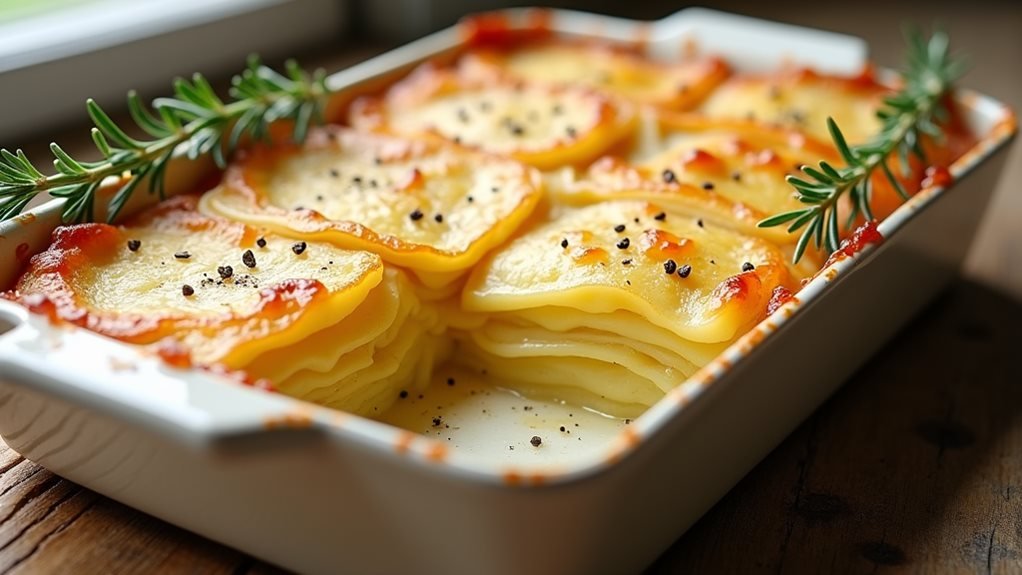Gordon Ramsay's mastery of appetizer creation stems from his meticulous attention to fundamental techniques and unwavering standards. He's developed a systematic approach that transforms simple ingredients into stunning initial courses through precise knife skills, temperature control, and strategic flavor combinations. While many home cooks rush through appetizer preparation, Ramsay's methods reveal how these small plates can enhance an entire dining experience. The secrets behind his acclaimed techniques offer a roadmap for crafting professional-quality starters.
Essential Kitchen Tools and Preparation Techniques
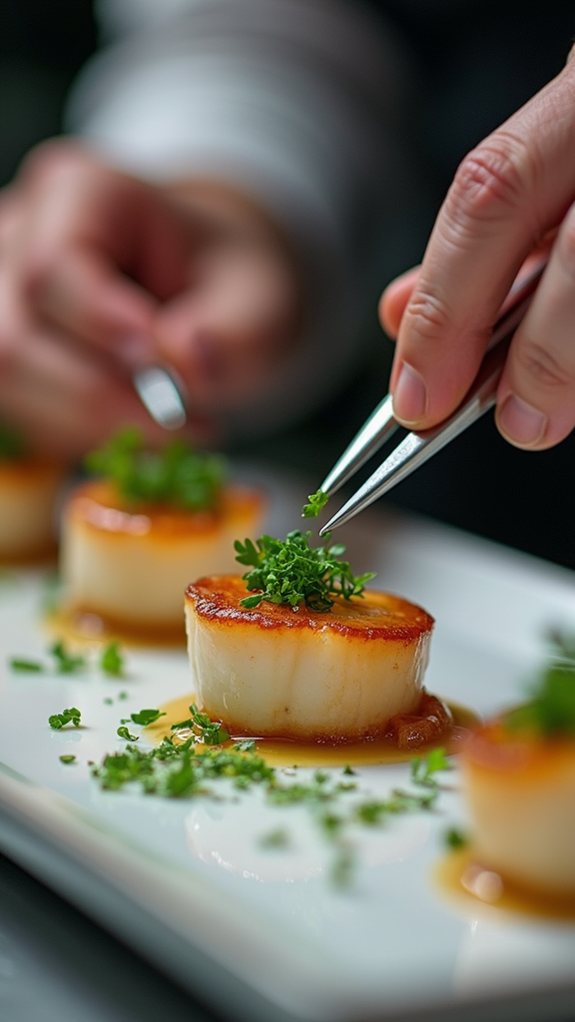
When preparing delightful appetizers, having the right tools and mastering vital techniques can make the difference between mediocre and exceptional results.
Professional chef hacks start with selecting a sharp knife, which guarantees clean cuts and prevents bruising delicate ingredients. A stable cutting board with non-slip features provides the foundation for safe, efficient appetizer techniques.
Seasoned chefs rely on indispensable tools like microplanes for adding subtle citrus zest or finely grated cheese, enhancing flavors without overpowering the dish.
High-quality mixing bowls offer stability during preparation, while precise measuring tools assure consistent results.
These fundamental tools, when combined with proper technique, enable home cooks to create restaurant-worthy appetizers that impress guests with their professional presentation and balanced flavors.
For precision cutting and detailed garnish work, high-carbon stainless steel knives from trusted brands like Henckels and Wüsthof deliver professional-grade results.
Mastering Flavor Profiles and Seasoning
The art of mastering flavor profiles begins with understanding how different tastes interact and complement each other. Successful appetizer seasoning relies on balancing flavors throughout the cooking process, tasting and adjusting as needed. Using fresh, premium ingredients creates a solid foundation for exceptional appetizers.
A balance of flavors emerges when chefs thoughtfully combine contrasting elements. They'll pair crispy textures with creamy components, and match sweet notes with savory undertones. Fresh herbs and carefully selected spices add layers of complexity that transform simple dishes into memorable starters.
The key lies in understanding how each ingredient contributes to the complete taste experience. By experimenting with different flavor combinations and maintaining proper seasoning levels, chefs can create appetizers that excite the palate and leave guests wanting more. Similar to roasting vegetables properly, achieving optimal flavor requires careful attention to temperature control and timing.
Presentation and Plating Strategies
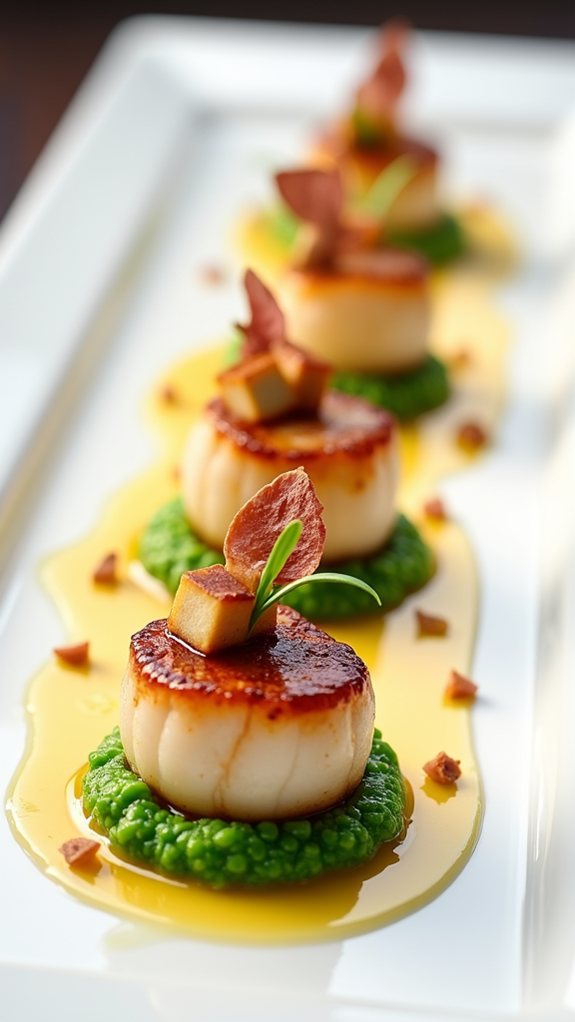
Successful appetizer presentation relies on three foundational elements: visual composition, thoughtful arrangement, and artistic garnishing. Mastering these plating skills transforms simple dishes into gourmet preparations that delight both the eyes and palate.
Professional chefs create visual interest by contrasting colors and textures while building height through careful layering. They'll strategically use negative space on the plate, allowing each component to shine independently while contributing to the complete composition.
Small, distinctive serving vessels improve the dining experience and encourage social interaction.
The final touch comes from thoughtful garnishing with fresh herbs or edible flowers, which adds both visual appeal and complementary flavors. These elements work together to create appetizers that aren't just delicious but also visually stunning, setting the tone for an exceptional dining experience.
For seafood starters like pan seared scallops, the perfect golden-brown crust creates an appealing visual centerpiece that draws diners in.
Time Management and Make-Ahead Tips
Mastering time management for appetizer preparation can transform chaotic kitchen moments into smooth, stress-free experiences. The key lies in strategic planning and utilizing make-ahead options that enhance kitchen workflow.
Smart hosts understand the value of preparing dips and spreads a day in advance, storing them safely in the refrigerator until needed.
Freezer-friendly appetizers offer another excellent time-saving solution, as they can be prepared weeks ahead and reheated just before serving.
By organizing ingredients and workspace beforehand, hosts can boost efficiency during the cooking process. They'll find success in planning recipes that allow for simultaneous preparation, such as baking multiple items at once or combining stovetop and oven tasks.
This systematic approach guarantees every appetizer reaches guests at its peak of flavor and presentation.
Temperature Control and Serving Methods
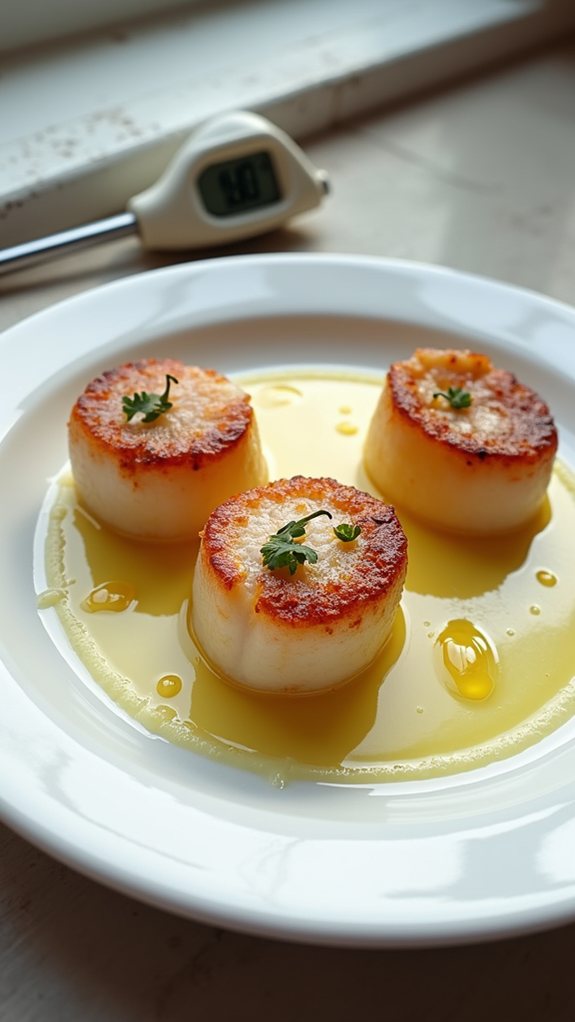
Proper temperature control stands at the forefront of appetizer excellence, building upon careful preparation and timing. Hot appetizers must reach 165°F internally, verified with a food thermometer, while cold items should stay below 40°F to maintain food safety and peak flavor profiles.
Effective serving methods play an essential role in temperature maintenance. Cold appetizers benefit from presentation on chilled platters, helping them retain their invigorating qualities throughout service.
For hot items, regular rotation of platters every 15-20 minutes guarantees guests enjoy consistently warm, flavorful bites. This systematic approach to temperature control demonstrates attention to detail and professionalism in service, ultimately elevating the dining experience.
Pairing Suggestions and Menu Planning
Thoughtful menu planning begins with strategic appetizer pairings that create a harmonious balance of flavors and textures.
When designing the menu, it's crucial to take into account both individual preferences and group dynamics by offering a mix of bite-sized portions and shareable platters.
Seasonal ingredients should drive pairing suggestions, incorporating fresh components that naturally complement each other. For instance, creamy dips served alongside crispy vegetables provide textural contrast, while stuffed pork tenderloin paired with membrillo offers a sophisticated sweet-savory combination.
Smart menu planning also accounts for dietary restrictions, ensuring inclusive options like gluten-free selections and vegetarian alternatives.
The key is to maintain cohesive flavor profiles throughout the meal, such as matching citrusy appetizers with likewise bright main courses, creating a thoughtfully curated dining experience.
